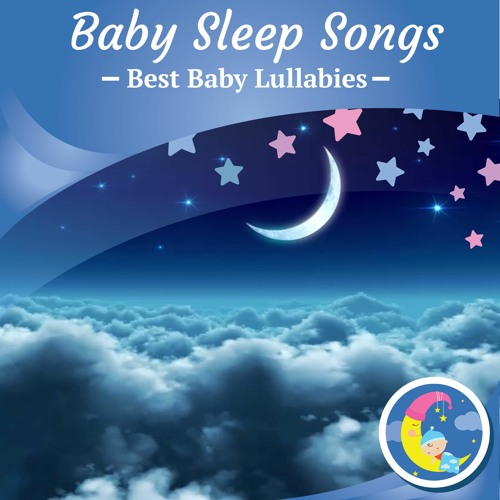
Lullabies: A Symphony of Solace for Babies
In the realm of parenting, the soothing melody of lullabies holds a cherished place, serving as a timeless elixir for calming and comforting infants. These gentle songs, passed down through generations, possess an innate ability to lull babies into a state of tranquility, fostering a sense of security and well-being.
The Science Behind Lullabies
The soothing effects of lullabies are not merely anecdotal; they are rooted in scientific principles. Studies have shown that lullabies can:
- Reduce crying: The repetitive and predictable rhythm of lullabies can help regulate a baby’s breathing and heart rate, reducing fussiness and crying.
- Promote sleep: The calming melodies and gentle lyrics of lullabies can create a relaxing atmosphere, promoting drowsiness and encouraging sleep.
- Strengthen the bond between parent and child: Singing lullabies to a baby fosters a sense of intimacy and connection, strengthening the bond between parent and child.
The Art of Choosing a Lullaby
Selecting the perfect lullaby for your baby is a matter of personal preference. However, there are a few general guidelines to consider:
- Tempo: Lullabies should have a slow and steady tempo, typically between 60 and 80 beats per minute. This tempo mimics the natural rhythm of a mother’s heartbeat, creating a sense of familiarity and comfort.
- Melody: The melody should be simple and repetitive, with a gentle rise and fall. Avoid lullabies with sudden changes in pitch or volume, as these can be startling to babies.
- Lyrics: The lyrics of lullabies should be soothing and calming. Avoid songs with violent or frightening themes, as these can have the opposite effect.
Traditional Lullabies from Around the World
Lullabies are a universal phenomenon, found in cultures across the globe. Here are a few examples of traditional lullabies from different parts of the world:
- "Brahms’ Lullaby" (Germany): This classic lullaby, composed by Johannes Brahms, is known for its gentle melody and soothing lyrics.
- "Twinkle, Twinkle, Little Star" (England): This beloved lullaby, based on a French folk song, has been sung to generations of children worldwide.
- "Hush, Little Baby" (United States): This traditional American lullaby is known for its simple and repetitive lyrics, which describe a mother rocking her baby to sleep.
- "Nana, Dormi, Dormi" (Italy): This Italian lullaby, meaning "Sleep, Baby, Sleep," features a beautiful melody and lyrics that evoke a sense of peace and tranquility.
- "Arrorró Mi Niño" (Mexico): This Mexican lullaby, meaning "Rock My Baby," is a traditional song that has been passed down through generations.
Modern Lullabies
In addition to traditional lullabies, there are also many modern lullabies that have been written and recorded by contemporary musicians. These lullabies often incorporate elements of popular music, such as soft rock, folk, and jazz. Some popular modern lullabies include:
- "Sweet Child O’ Mine" (Guns N’ Roses): This rock ballad, originally written as a love song, has become a popular lullaby due to its gentle melody and soothing lyrics.
- "Somewhere Over the Rainbow" (Judy Garland): This classic song from the movie "The Wizard of Oz" has been reimagined as a lullaby, with a slower tempo and softer instrumentation.
- "Baby Mine" (Betty Noyes): This lullaby, written for the Disney movie "Dumbo," is known for its heartwarming lyrics and gentle melody.
Benefits of Singing Lullabies
In addition to the benefits for babies, singing lullabies can also be beneficial for parents. Here are a few ways:
- Stress relief: Singing lullabies can be a relaxing and stress-relieving activity for parents. The repetitive nature of the songs can help clear the mind and promote a sense of calm.
- Bonding: Singing lullabies to a baby fosters a sense of intimacy and connection, strengthening the bond between parent and child.
- Preservation of tradition: Singing lullabies is a way to preserve cultural traditions and pass them down to future generations.
Tips for Singing Lullabies
Here are a few tips for singing lullabies to your baby:
- Sing softly: Lullabies should be sung softly and gently, as loud noises can be startling to babies.
- Make eye contact: Singing lullabies while making eye contact with your baby can help create a sense of connection and intimacy.
- Rock or sway: Gently rocking or swaying your baby while singing lullabies can help soothe and calm them.
- Be patient: It may take some time for your baby to get used to lullabies. Be patient and keep singing them, and eventually they will become a cherished part of your bedtime routine.
Conclusion
Lullabies are a timeless and universal expression of love and care for babies. Their gentle melodies and soothing lyrics have the power to calm, comfort, and promote sleep. Whether you choose traditional or modern lullabies, singing to your baby is a beautiful and meaningful way to bond with them and create lasting memories.
